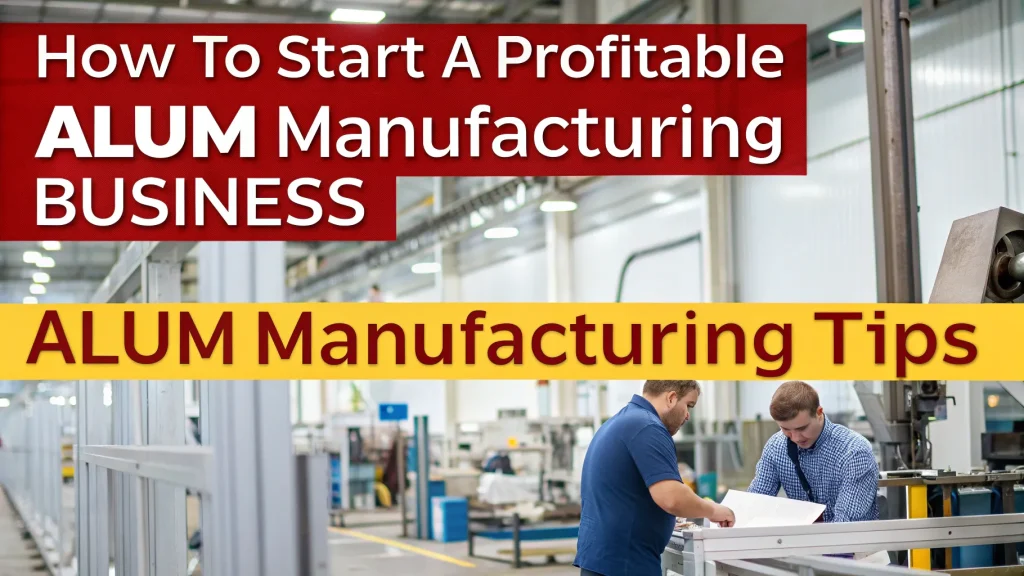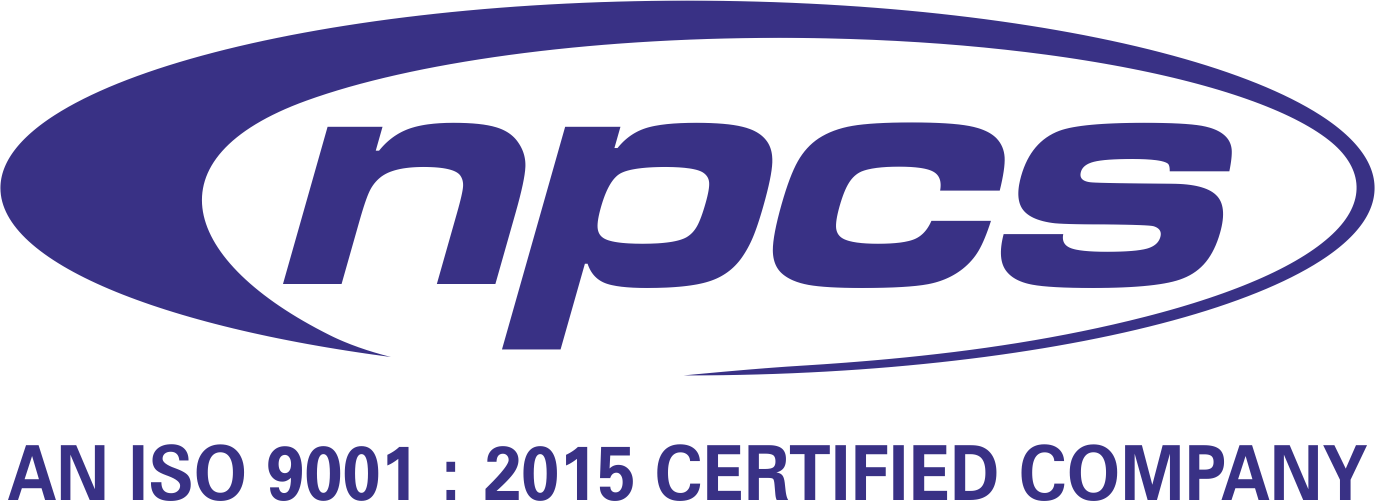Adhesives are the unsung heroes of countless industrial applications, from aerospace and automotive to packaging and construction. In this detailed guide, we present an advanced and thoroughly comprehensive adhesives formulary handbook, serving as a next-generation resource equivalent to the “Adhesives Formulary Handbook (2nd Edition).”
Formulating adhesives requires a deep understanding of chemical compatibilities, substrate behaviors, mechanical properties, and curing mechanisms. This handbook is designed to provide chemists, formulators, and engineers with robust insights and practical formulations based on modern innovations and market demands.
Types of Adhesives and Their Core Characteristics
Pressure-Sensitive Adhesives (PSAs)
Pressure-sensitive adhesives are commonly used in tapes, labels, and decals. They exhibit tackiness at room temperature and bond on contact without activation by water, heat, or solvent.
-
Main Components: Elastomers, tackifiers, plasticizers, antioxidants.
-
Typical Formulation Example:
-
SIS block copolymer: 25%
-
C9 hydrocarbon resin: 45%
-
Paraffinic oil: 25%
-
Antioxidant: 1%
-
Processing aid: 4%
-
Key Attributes: Flexibility, removability (or permanence), good shear resistance.
Visit this Page for More Information: Start a Business in Adhesives and Sealants Industry
Epoxy Adhesives
Epoxy systems are known for their exceptional mechanical strength, chemical resistance, and thermal stability.
-
Main Components: Epoxy resin (e.g., Bisphenol A), hardeners (e.g., amines or anhydrides), fillers, tougheners.
-
Typical Formulation Example:
-
Bisphenol-A epoxy resin: 60%
-
Polyamide curing agent: 30%
-
Silica filler: 8%
-
Nonylphenol (accelerator): 2%
-
Applications: Structural bonding in aerospace, automotive parts, electronics.
Polyurethane Adhesives
Polyurethanes offer excellent bonding on porous and non-porous substrates. Their elasticity and weather resistance make them ideal for construction and footwear.
-
Main Components: Polyols, isocyanates, catalysts, UV stabilizers.
-
Formulation Example:
-
Polyether polyol: 40%
-
MDI (Methylene diphenyl diisocyanate): 50%
-
Catalyst (tin octoate): 0.3%
-
Moisture scavenger: 1%
-
Fillers: 8.7%
-
Advantages: Flexibility, impact resistance, bonding dissimilar materials.
Related Business Plan: ADHESIVES
Cyanoacrylate Adhesives
Popular as instant adhesives, cyanoacrylates rapidly polymerize in the presence of moisture.
-
Main Components: Ethyl cyanoacrylate, stabilizers, plasticizers.
-
Typical Formula:
-
Ethyl cyanoacrylate: 95%
-
Sulfonic acid stabilizer: 2%
-
Fumed silica (thixotropic agent): 1%
-
Plasticizer: 2%
-
Common Uses: Medical devices, electronics assembly, household repairs.
Acrylic Adhesives
Acrylic adhesives are highly durable with excellent resistance to environmental degradation and UV light.
-
Main Components: Acrylic monomers (e.g., methyl methacrylate), initiators, tackifiers.
-
Formulation Guide:
-
MMA (Methyl Methacrylate): 60%
-
Butyl acrylate: 20%
-
Peroxide initiator: 2%
-
Tackifier resin: 10%
-
Fillers: 8%
-
Applications: Automotive trims, signage, optical devices.
Formulation Techniques and Process Considerations
Mixing and Dispersion
Homogeneous mixing ensures consistent performance. Use high-shear mixers for viscous systems and planetary mixers for thixotropic adhesives.
-
Best Practice: Monitor viscosity in real-time during mixing for quality control.
-
Avoid: Air entrapment, which leads to bond failure in critical applications.
Curing Mechanisms
Understanding curing kinetics is critical for optimizing shelf life and bond strength.
-
Epoxy & Urethane Systems: Require precise stoichiometry.
-
UV-Curing Systems: Ideal for speed and accuracy in electronics.
-
Moisture-Cure Systems: Preferable in ambient bonding scenarios.
Read Similar Articles: ADHESIVES AND SEALANTS
Performance Enhancers and Additives
To tailor adhesives for specific end-use, formulators include various performance enhancers:
-
Fillers: Calcium carbonate, silica – increase strength, reduce shrinkage.
-
Tougheners: Rubber particles, core-shell polymers – enhance impact resistance.
-
Rheology Modifiers: Control flow and sag resistance.
-
UV Stabilizers: Prevent yellowing and degradation in sun-exposed applications.
-
Antioxidants: Prevent polymer degradation during storage and application.
Substrate Compatibility and Surface Preparation
Successful adhesion depends heavily on surface energy and surface cleanliness.
-
Metals: Require degreasing and abrasion for optimal adhesion.
-
Plastics: May need corona or plasma treatment.
-
Glass: Often requires silane coupling agents.
Tip: Always conduct a crosshatch adhesion test to validate surface prep methods.
Related Feasibility Study Reports: Adhesives – Manufacturing Plant
Quality Testing and Compliance Standards
Adhesives must meet rigorous performance metrics depending on the industry:
-
Peel Strength: ASTM D903
-
Lap Shear Strength: ASTM D1002
-
Tensile Strength: ASTM D638
-
Thermal Cycling Tests: Ensures bond durability under fluctuating temperatures.
-
Environmental Testing: Resistance to water, solvents, UV, and chemicals.
Eco-Friendly and Sustainable Formulations
With growing regulatory pressure and consumer awareness, green adhesives are in high demand.
-
Bio-Based Polymers: Soy, starch, casein – offer biodegradable alternatives.
-
Low-VOC Solvent-Free Systems: Waterborne acrylics, hot-melts.
-
Recyclable Adhesives: Enable easier separation during recycling processes.
Emerging Trends: Use of enzymatic curing and nano-fillers for superior performance with minimal environmental impact.
Read our Books Here: Adhesives Formulary Handbook
Common Issues in Adhesive Formulations and How to Solve Them
| Problem | Root Cause | Solution |
|---|---|---|
| Bond Failure | Poor surface prep | Enhance cleaning & pre-treatment |
| Bubbles in Bond Line | Air entrainment | Degas material before application |
| Brittleness | Improper ratio of components | Reformulate with added tougheners |
| Yellowing | UV degradation | Include UV inhibitors or switch to UV-stable polymers |
| Slow Curing | Low temperature or wrong catalyst | Adjust curing conditions or catalyst levels |
Conclusion
The science of adhesive formulation is a rapidly evolving field where performance, sustainability, and efficiency intersect. This comprehensive guide brings together the essential chemical frameworks, advanced formulations, and application strategies that professionals need to develop industry-leading adhesive solutions.
Every formulation is an opportunity to innovate. With the right approach and in-depth knowledge, we can meet the most demanding bonding challenges across industries with precision and confidence.
Download Pdf: Adhesives Formulary Handbook 2nd Edition





